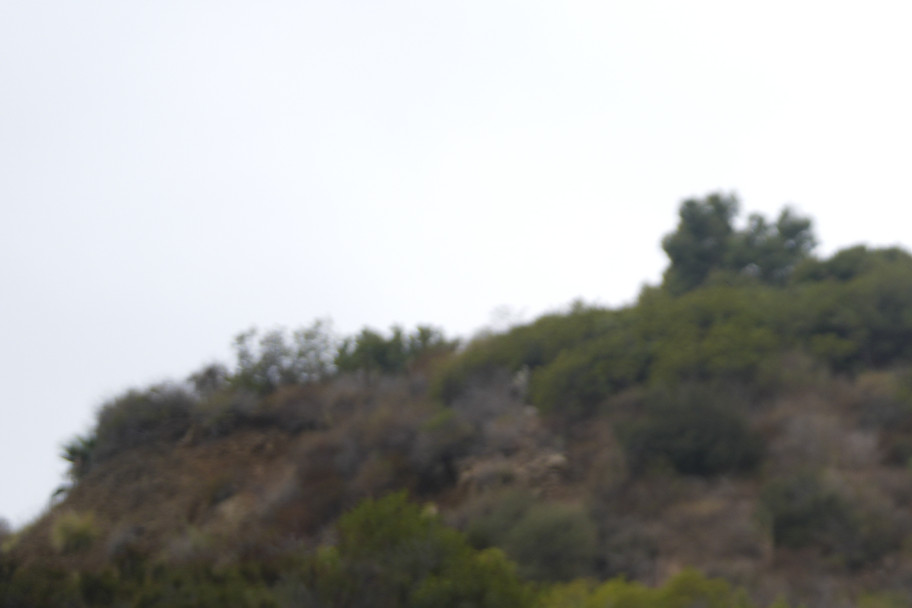Another earthquake has hit California.
A 3.7 magnitude earthquake struck the Malibu area late Friday at approximately 11:44 p.m, according to the U.S. Geological Survey (USGS).
The Context
The latest quake is one of nine that have hit California since Thursday, the USGS tracker shows.
Earthquakes are a regular occurrence in California, ranging from minor tremors that go unnoticed to major natural disasters. When a quake occurs, aftershocks are often a possibility. Two months ago, a magnitude 7.0 earthquake struck offshore near Eureka, California, triggering evacuations due to tsunami concerns.
What To Know
There were no immediate reports of injuries or damage from the Malibu earthquake, according to USGS. The quake was felt as far as 50 miles away in Los Angeles County, in Long Beach, Porter Ranch and Whittier. It was also felt 30 miles away in multiple cities in Ventura County, including Thousand Oaks, Port Hueneme, Oxnard, Camarillo and Simi Valley.
The strongest of those was a 4.3 magnitude that struck 6 miles north-northwest of Avenal at approximately 4:17 p.m. on February 13.
Three earthquakes were also recorded a mile from Hayward in California’s Bay Area on Thursday afternoon. Two of those earthquakes occurred within two minutes of each other. All three occurred along the Hayward fault line, which USGS notes is an active fault in the San Francisco Bay region. They had magnitudes of 3.2, 3.3 and 2.6 respectively.
Another 2.5 magnitude earthquake also struck 2 miles off Pleasant Hill in the Bay Area at approximately 4:45 p.m. local time on Thursday afternoon, according to USGS.
And a 2.9 magnitude earthquake struck 10 miles west-southwest of Petrolia in Northern California at around 11:40 a.m. on Thursday morning.
Since then, as well as the Malibu area earthquake, two others struck on Friday, including a 3.2 magnitude quake 5 miles from The Geysers, which happened at around 10:20 a.m. on Friday. Another struck five hours later, 2 miles southwest of Anderson Springs. It had a magnitude of 2.7.
Los Angeles was also battered by landslides this week due to an atmospheric river, which is a narrow band of moisture that carries water vapor from the tropics, often releasing it as heavy rain or snow.
In Southern California, intense rainfall triggered large debris flows, making several streets impassable, including Mulholland Drive in Santa Monica and several roads in the Palisades.
Los Angeles is still reeling from the destruction caused by the recent wildfires, which burned over 47,900 acres, destroyed more than 16,250 homes and businesses, and killed 29 people.
What People Are Saying
USGS officials said: “The best way to protect yourself during an earthquake is to drop, cover and hold on. Wherever you are, drop down to your hands and knees and hold onto something sturdy. If you’re using a wheelchair or walker with a seat, make sure your wheels are locked and remain seated until the shaking stops.
“There can be serious hazards after an earthquake, such as damage to the building, leaking gas and water lines, or downed power lines. Expect aftershocks to follow the main shock of an earthquake. Be ready to Drop, Cover, and Hold On if you feel an aftershock.”

A city limits sign is displayed Thursday, Sept. 12, 2024, Malibu, California. A city limits sign is displayed Thursday, Sept. 12, 2024, Malibu, California. Eric Thayer/AP
Updated 02/15/25, 4:55 a.m. ET: This article has been updated with additional information.



